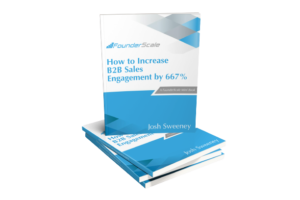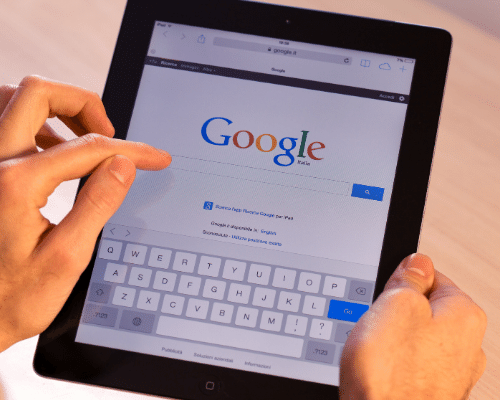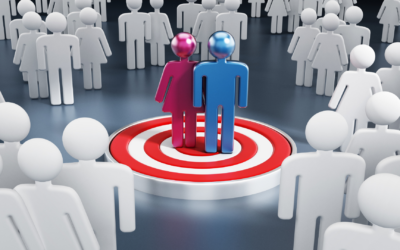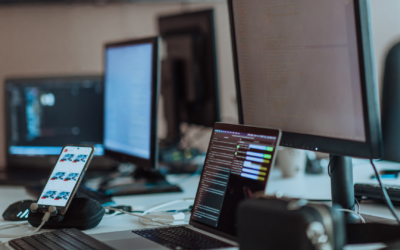Most B2B leaders have a preconceived notion of what a B2B webinar should look like or offer to participants. Maybe their previous employer had a great webinar strategy, using the platform to generate high-quality leads and expand brand awareness. Or, perhaps they’ve participated in highly-engaging webinars designed primarily for existing clients.
Whatever your previous experience with (or current vision of) webinars, it’s important to remember that B2B business owners have a wide range of effective webinar options to leverage when looking to up their digital marketing game. In our article, 5 Types of Dynamic Webinars that Keep People Engaged, we reviewed different webinar styles to determine potential prospect engagement. So now, we have the opportunity to dig a bit deeper and examine how those styles relate to consumers in various stages of the buyer’s journey.
Connecting Webinar Style to Specific Needs Throughout Buyer’s Journey
Hubspot defines the buyer’s journey as “the process buyers go through to become aware of, consider and evaluate, and decide to purchase a new product or service.” By considering the buyer’s journey and specific prospect needs, we can create a webinar strategy that supports each person based on their stage of the journey. Let’s dive into some examples:
The Awareness Stage
In the Awareness stage, prospects have identified a concern and have begun exploring the problem for understanding. Most enter the awareness stage with Google searches, using search terms in their head but not the industry search terms subject matter experts (aka you) would know. These searches typically include terms like:
- Issue
- Improve
- What is
- Ideas
- Ways to solve
As they continue their research and progress along the buyer’s journey, they will become more educated on the industry terms and use different search criteria.
How does this impact your webinar strategy? It’s important to develop a webinar strategy that resonates with consumers in this particular phase because you won’t compel buyers in the Awareness phase with a title that speaks to someone in the Decision phase. The webinars you host for these prospects should be 100% educational, bringing them up to speed on your industry or area of expertise and the problems you solve. Awareness stage webinars should be purely informational and contain virtual no pitching. Expert panels where industry experts share their insight and expertise are an excellent webinar option for consumers in this phase. Essentially, anything that creates awareness about the challenges your business solves makes a valid webinar topic for consumers in this phase.
The Consideration Stage
In this stage, the buyer has established a solid understanding of the issue and has begun the search for potential solutions. This is when consumers begin a more in-depth analysis of the problem, identifying if the answer includes a person, services, tool, or provider — or perhaps some combination of these options.
The Google searches are now changing, making it critical for webinar titles and webinar offerings to match these searches. Consumers in the Consideration stage are searching for knowledge and information to better understand how they can solve their specific problem. FounderScale recently hosted a webinar, Increasing Sales with B2B Sales Engagement Platforms. This topic resonates with people in the Consideration phase because it tells searchers the unique problem it solves in the title.
Webinars in this stage should still be educational and informative. However, they go deeper into the data than their Awareness stage webinar counterparts. In college terms, Awareness webinars are a 101 class, and Consideration webinars would be the 201 equivalent. Another valid option for Consideration stage webinars is to increase the live interaction opportunities by covering whitepaper-type topics.
The Decision Stage
Buyers in the Decision stage understand their problem and have most likely narrowed their search to a set of potential options. So now they need to go deeper to understand, compare, and engage. These prospects are doing trials, gathering product details, and using search terms like:
- Compare
- Reviews
- Pros and cons
Once again, the webinars in this stage must match the content and search terms buyers are using. These webinars could compare your service to “other” (your competitors’) services. You can also use sales data to determine what solutions you lose to the most and provide webinars that target that solution without mentioning other brand names. Lastly, webinars at this stage are highly interactive and can take the form of recurring demos.
Right Webinar, Right Stage
Hosting the right webinar for people in the right stage of the buyer’s journey can significantly impact the sales pipeline. With webinars in each phase, the sales and marketing team can target people with the right content at the right time.
Looking for innovative ways to target prospects using webinars based on the buyer’s journey stage? Reach out to FounderScale for a free 30-minute consultation.
How to Increase B2B Sales Engagement by 667%

Read our new mini-book to learn real-world strategies to boost sales engagement by 667%.






